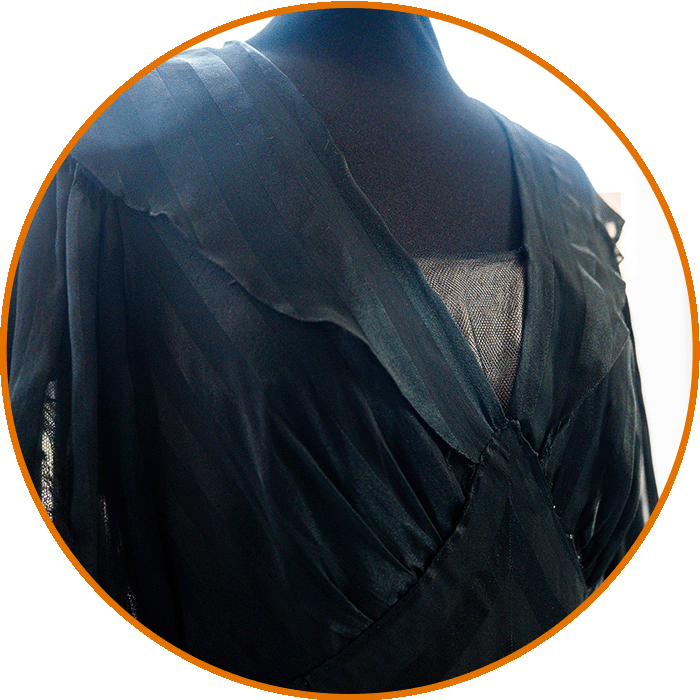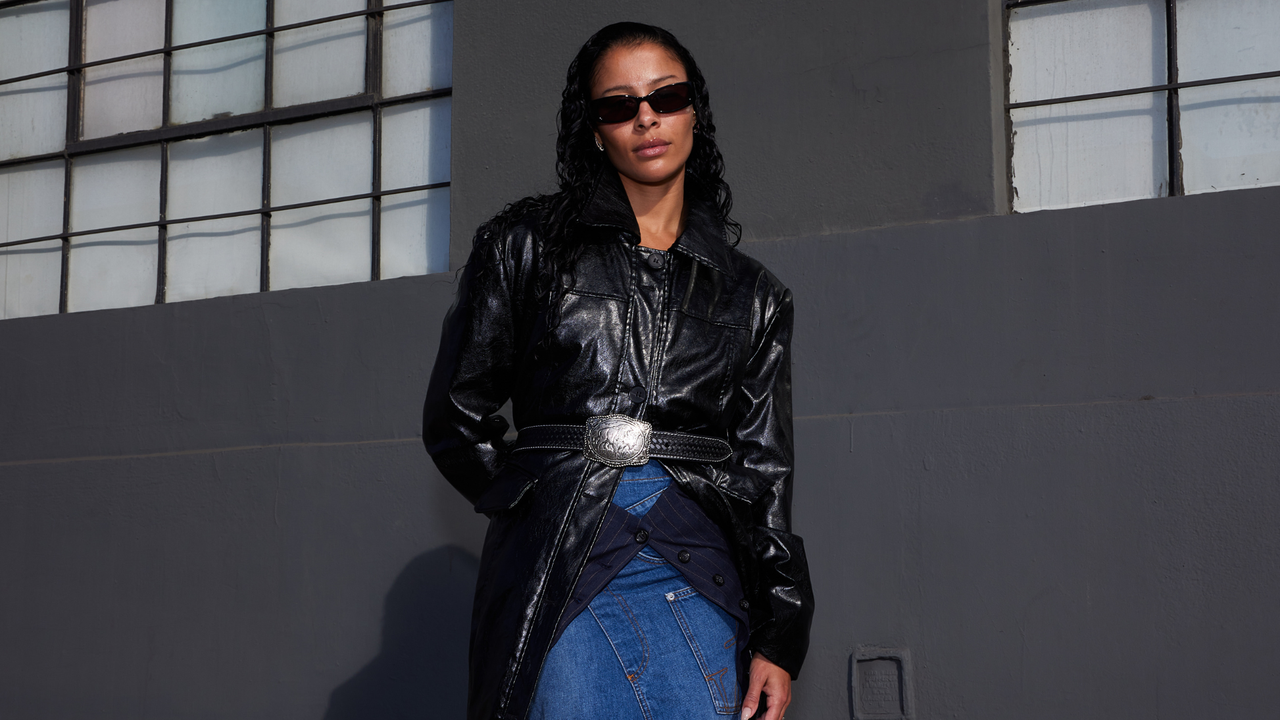Fashion
A Stitch in Time: See Fashion’s Evolution Over 100 Years
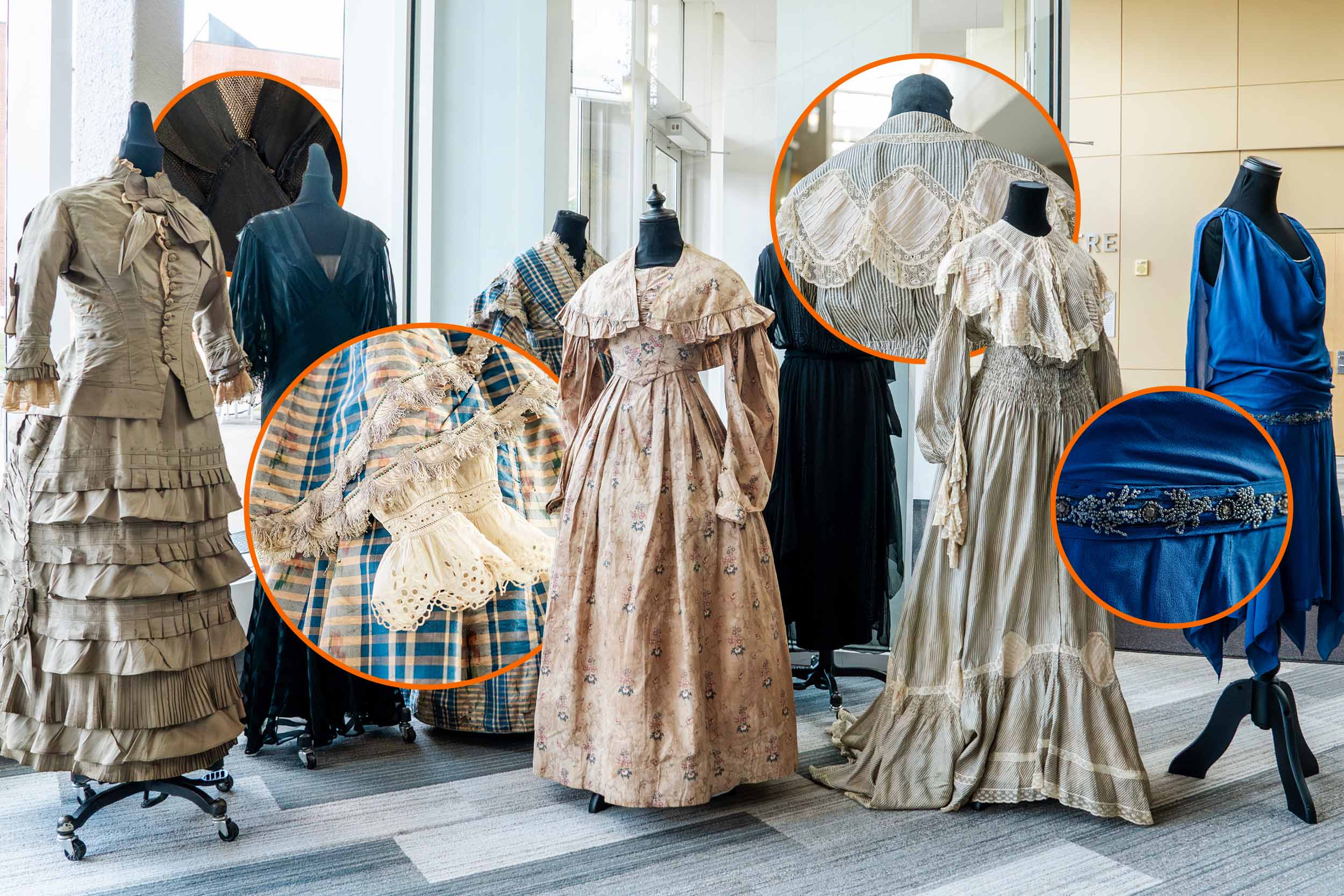
Those who donated the dresses were usually just cleaning out their attics.
But Marcy Linton, manager of the University of Virginia’s Historic Clothing Collection, knows those dresses tell stories, even if the people who wore them are no longer here to speak for themselves.
When Linton, an associate professor of costume technology in the Department of Drama, became the collection’s manager, she set about preserving donated dresses, suits, accessories and more. Former professor Lois Garren started the Historic Clothing Collection in the 1970s when she realized that some garments in the department’s costume collection, too fragile or valuable to be worn onstage, still offered insight into the past.
The collection’s holdings date back roughly two centuries, to the early 19th century, and recently began adding items from the 1980s. Linton let UVA Today take a look at 100 years’ worth of dresses, starting in the late 1830s.
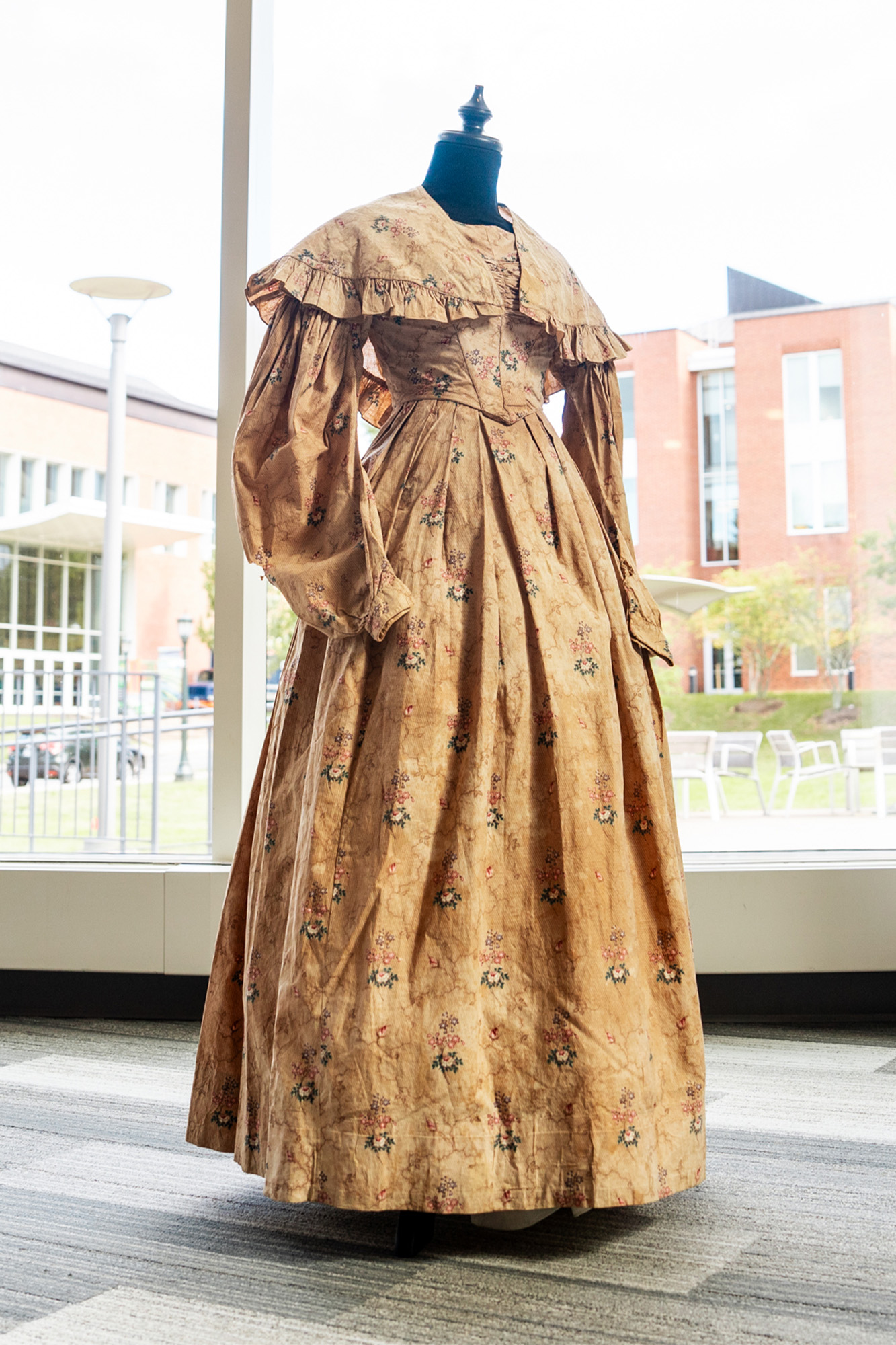
This dress from 1837 was likely worn by a young woman around 16 years old. The puffy leg-of-mutton sleeves are indicative of the early 1830s, but they were gathered at the top as the decade progressed to be more fashionable, creating a more natural-looking arm. The attached shawl allowed the dress’s wearer to cover up the wide neckline, which eventually became less fashionable.
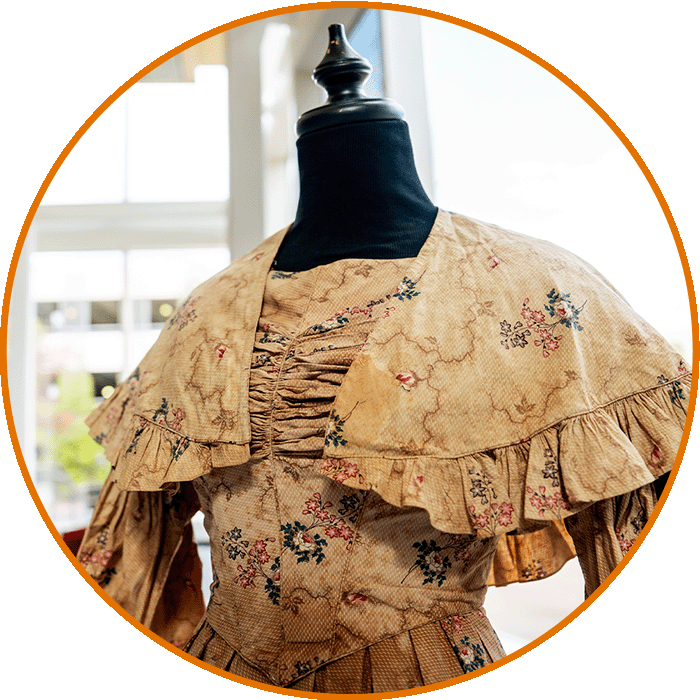
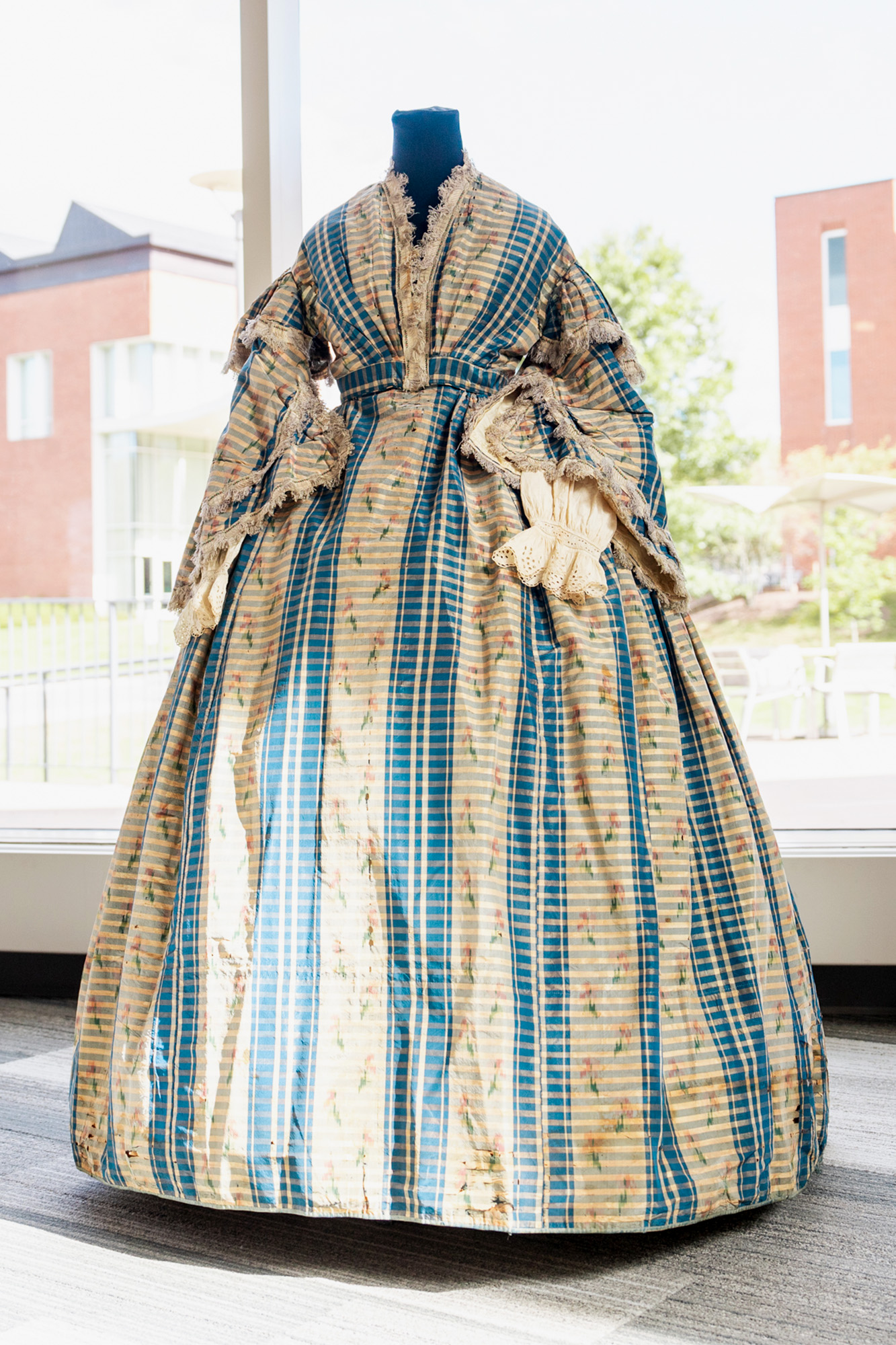
In the second half of the 19th century, dress styles moved away from a bell-like shape to a flatter silhouette in the front with a dramatic curve in the back. This dress from the late 1850s or early 1860s shows the beginning of that trend, with a more level front and fuller back.
“I would guess that this could have been repurposed,” Linton said. In some cases, a dress’s underskirt would be pushed back to create more volume. The dress’s white sleeves were detachable and could be switched out for a more formal set.
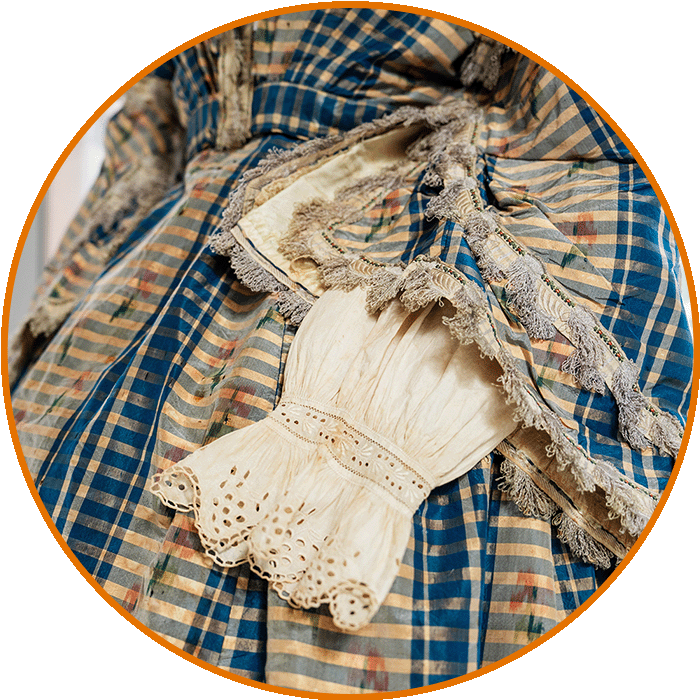
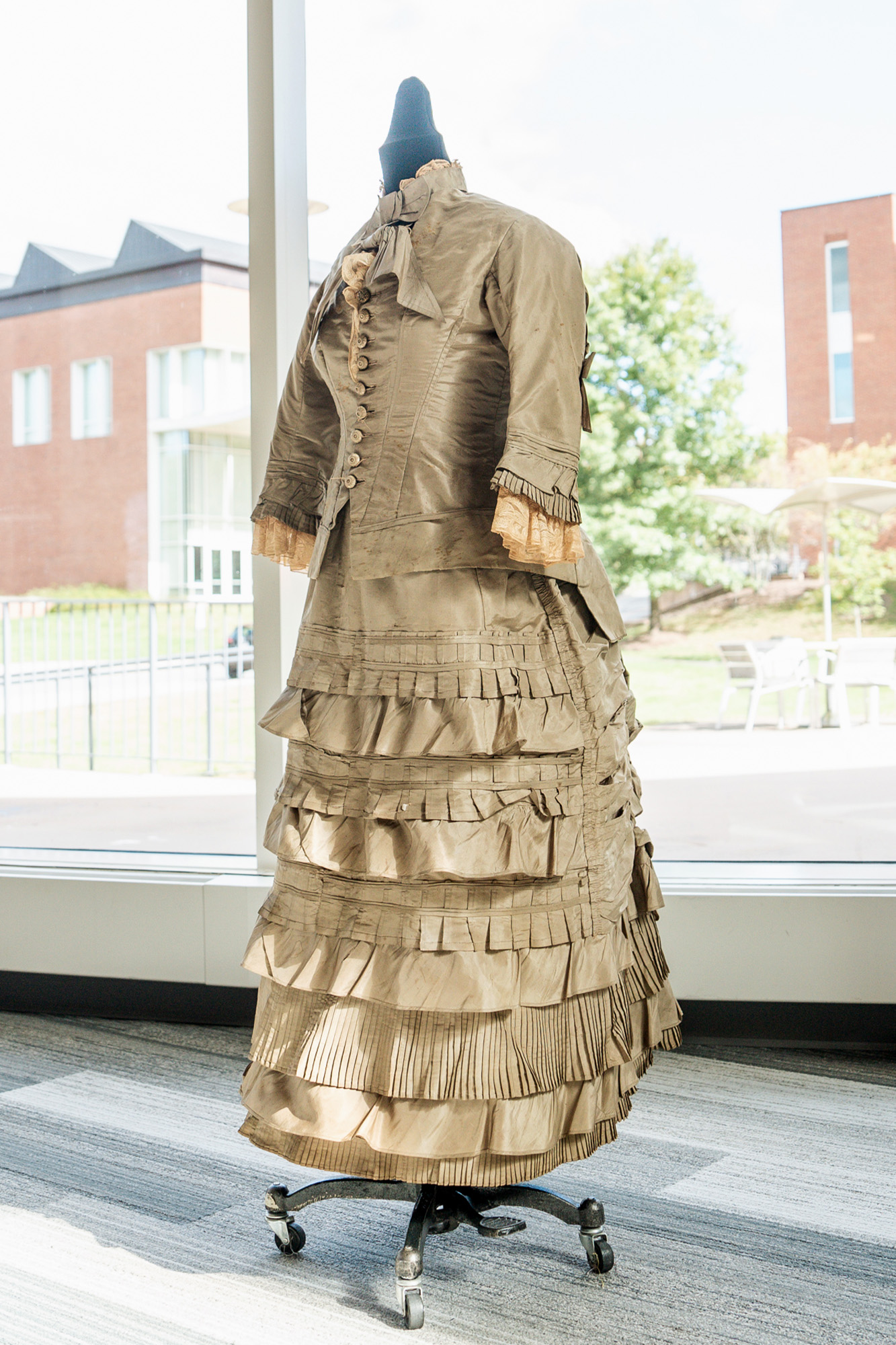
This dress from the 1870s shows the first iteration of the bustle, which had a softer curve in the back than later versions. Its jacket and peplum (the flared fabric at the waist) are characteristic of the era. The garment was likely remade from another dress – earlier styles had so much fabric it was easy to reimagine them.
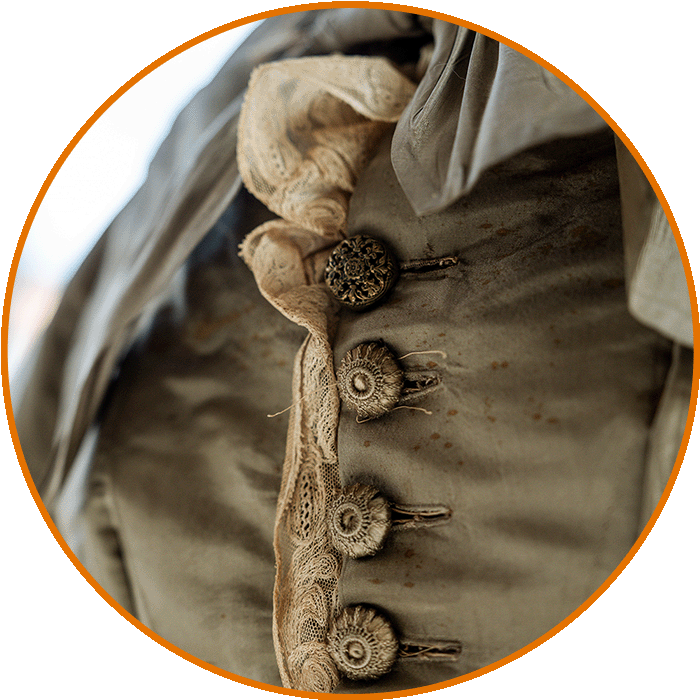
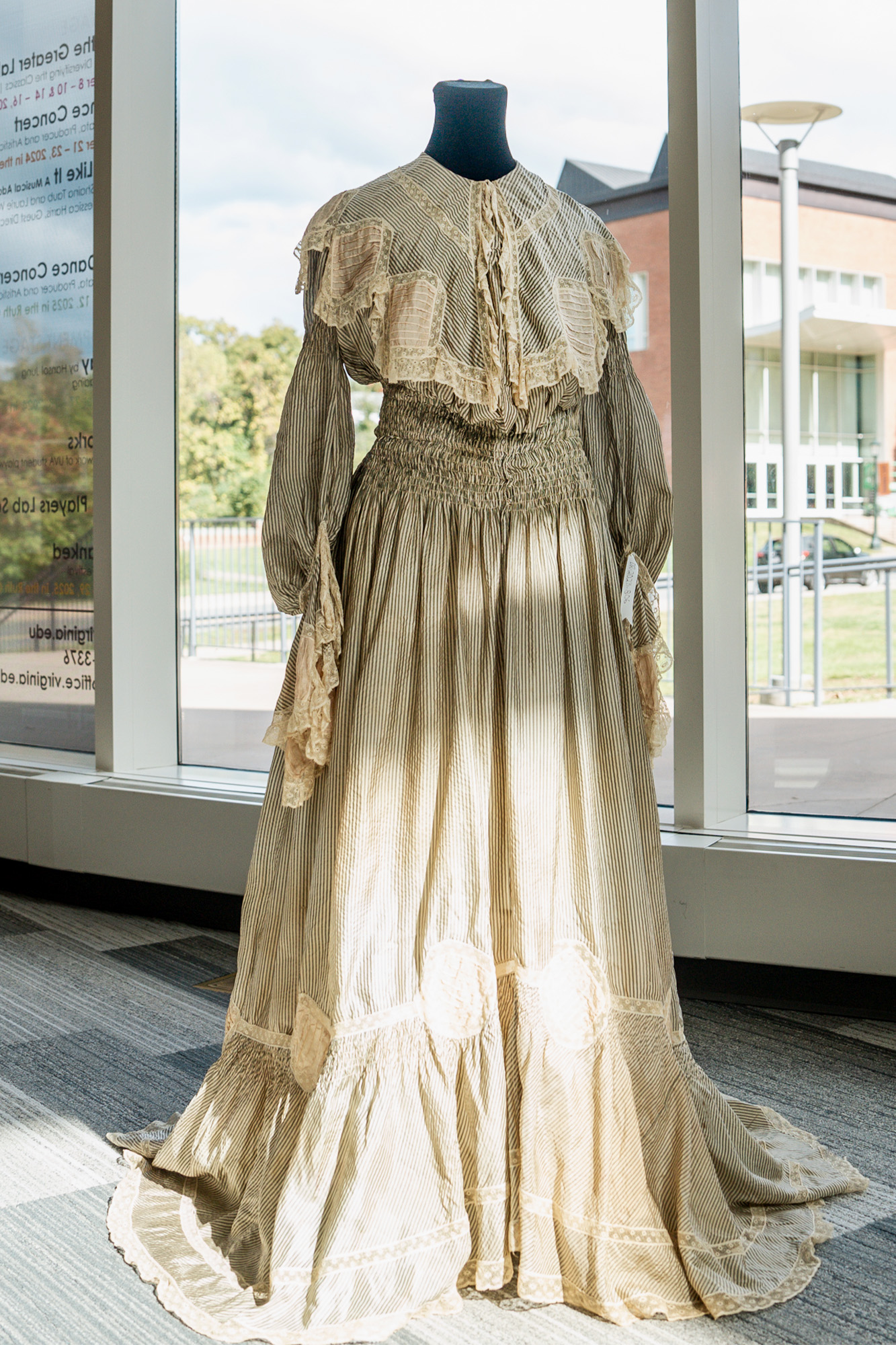
This dress from the early 20th century shows just how drastically styles can change. It has a gentler, S-shaped curve with a puffed bosom and looks like a more natural silhouette. But Linton said that doesn’t mean it was less restricting for the woman who wore it. “It looks really soft, but there was an extremely rigid corset underneath, and it put your body in this shape. It was one of the more dangerous corset shapes that they were forcing fashionable women into at the time,” Linton said.
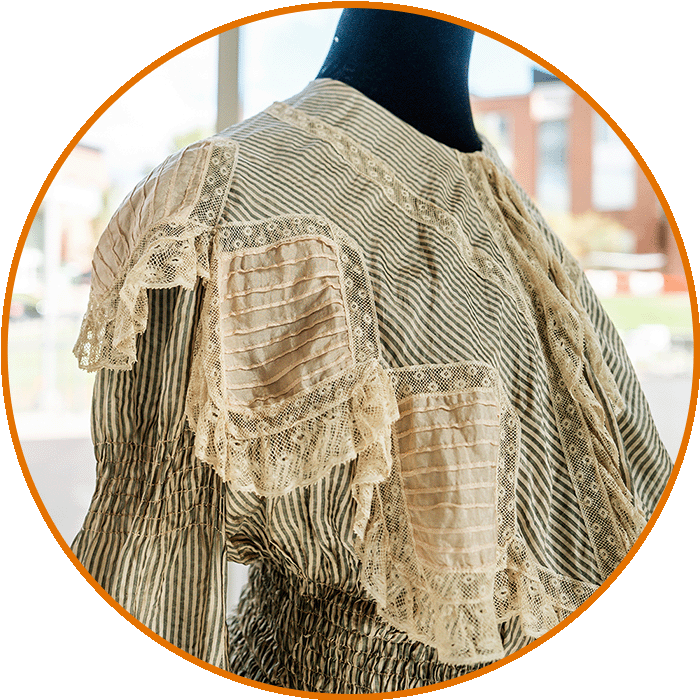
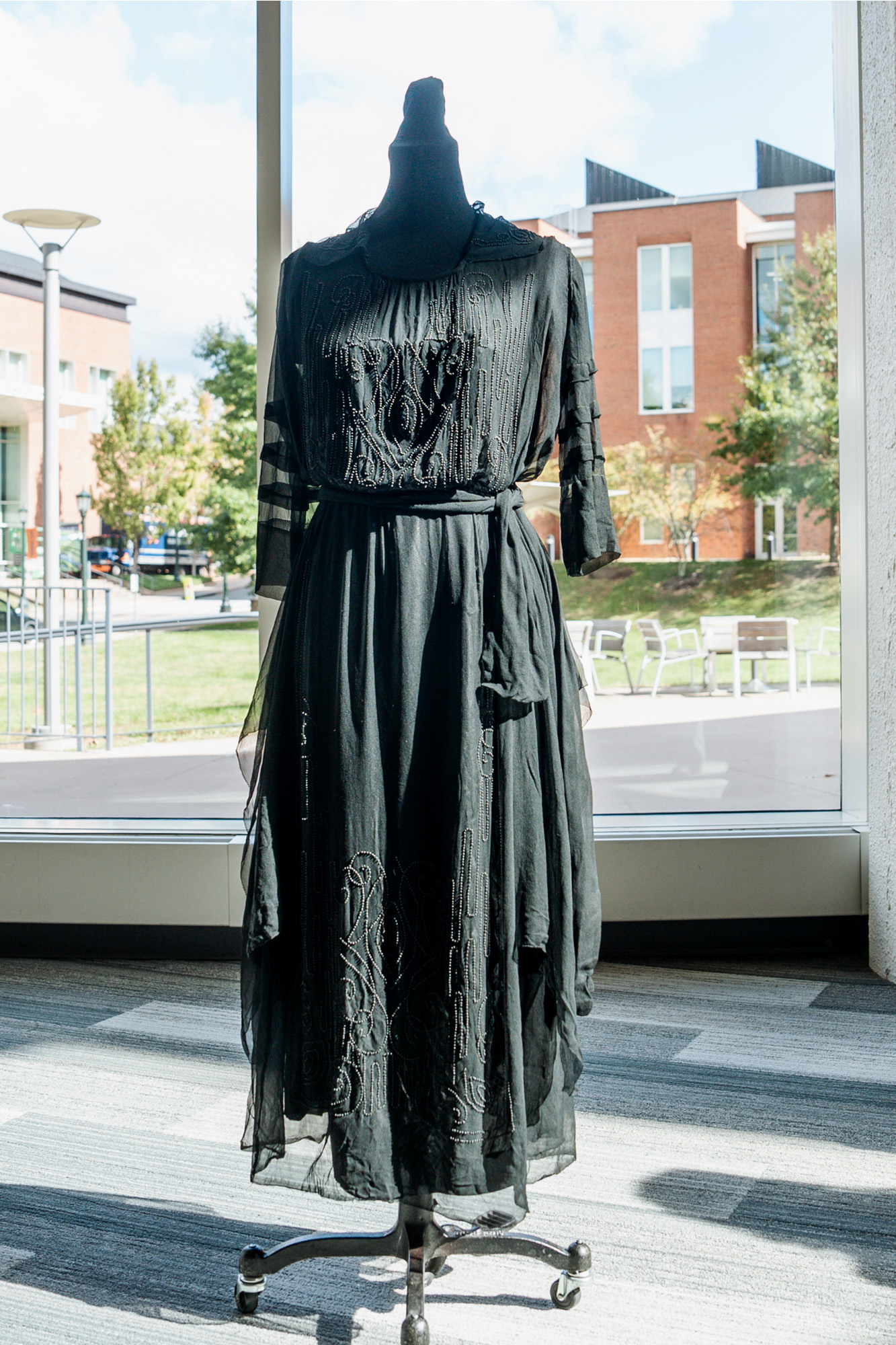
In the 1910s, dress styles became significantly less structured. This black beaded dress from around 1915 has a natural waist and an ankle-skimming hemline, in addition to sheer sleeves. Though women wearing these styles would have still worn a kind of shapewear underneath it, it was more like a girdle and less like a corset. The beading on the torso and collar was a typical art deco detail.
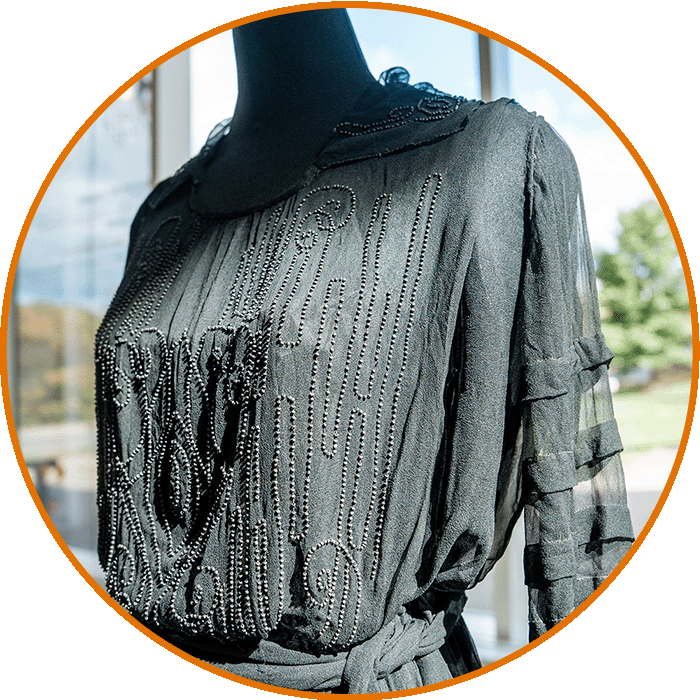
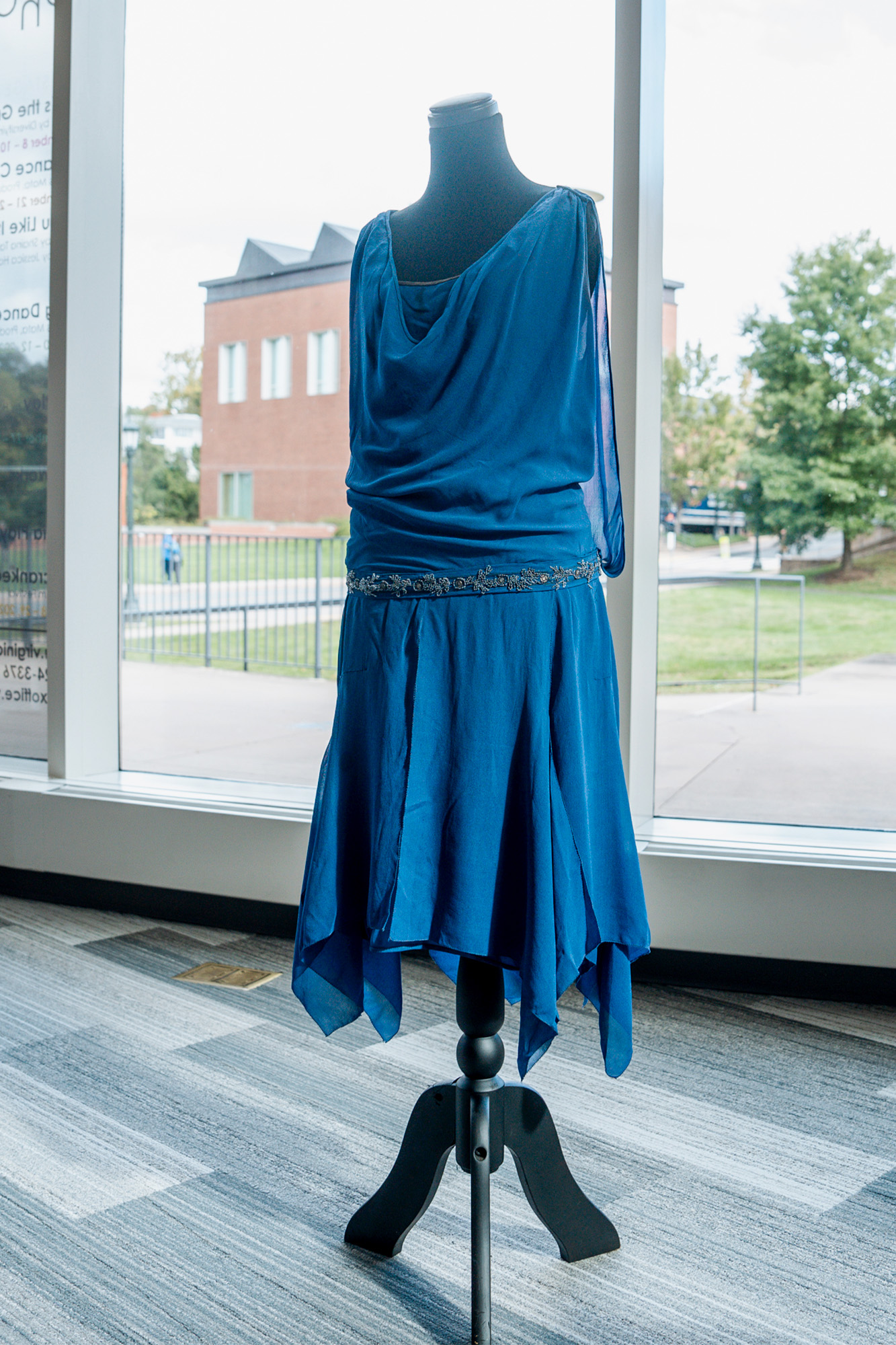
This blue dress from the 1920s is a quintessential flapper garment. The previous dress still had some shape, whereas this one is shapeless with a beaded drop-waist. Though it has a more effortless appearance than earlier dresses, the cowl neck and “peekaboo moments” in the back and side would have been painstakingly draped.
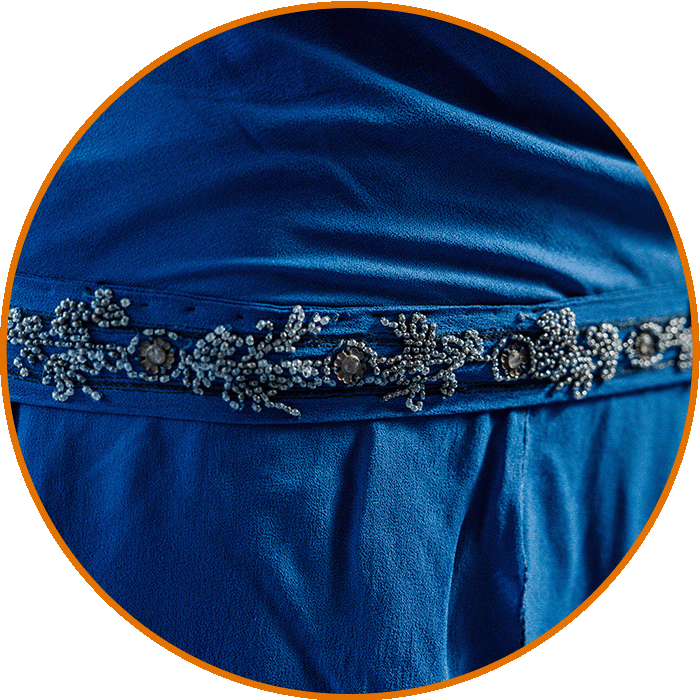
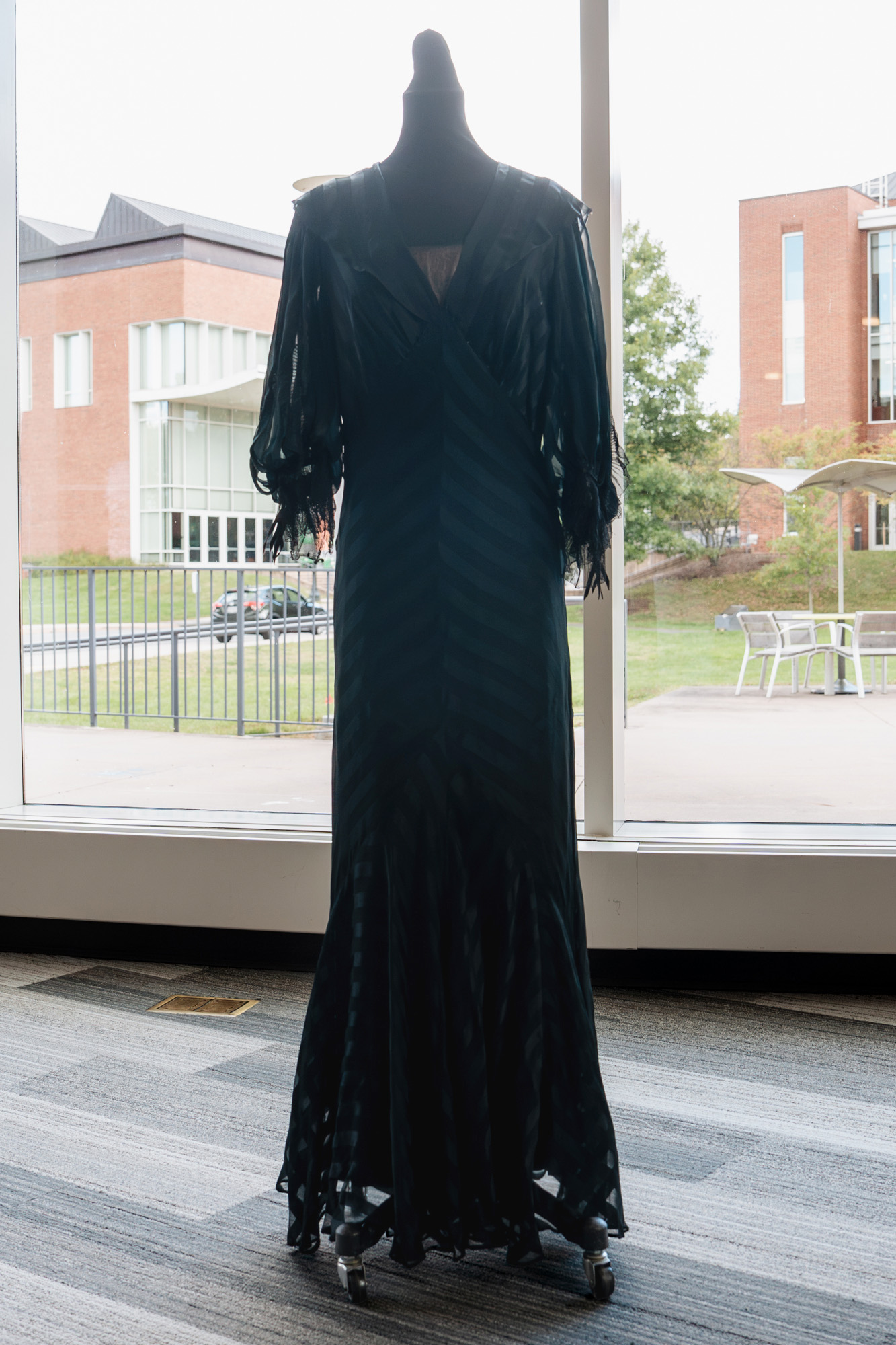
Historically, a solid black dress was worn during a period of mourning – which, for women, often lasted a year or longer after someone’s death. That began to shift in the 20th century. This black couture dress from the 1930s shows that the shade can be glamorous, not just somber. The Cincinnati dressmaker, Josephine Kasselman, custom-made it for its wearer. It was cut on the bias, a technique in which a designer cut fabric on the diagonal to the grain that became popular in the ’30s, creating a figure-hugging garment.
